All Stories
-
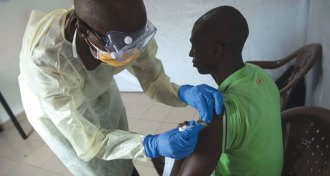 Health & Medicine
Health & MedicineEbola vaccine protects people in West Africa
In Guinea trial, zero cases of Ebola occurred in people potentially exposed who received immediate shots of a new experimental vaccine.
By Nathan Seppa -
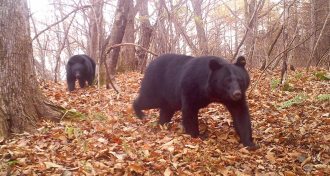 Animals
AnimalsHow bears engineer Japanese forests
In Japanese forests, black bears climb trees, breaking limbs. Those gaps in the forest provide light to fruiting plants, a new study finds.
-
 Health & Medicine
Health & MedicineKidney transplants may benefit from a slightly chilled donor
Transplanted kidneys performed better when taken from organ donors whose bodies were intentionally cooled after death.
-
 Health & Medicine
Health & MedicineAntibiotics early in life may have lingering effects
A study in mice show long-lasting effects from courses of antibiotics early in life.
-
 Health & Medicine
Health & MedicineThe five basic tastes have sixth sibling: oleogustus
Scientists dub the taste of fat oleogustus.
-
 Animals
AnimalsWhere salamanders should be very afraid
Three zones of North America at high risk if the salamander-killing fungus disease Bsal invades.
By Susan Milius -
 Planetary Science
Planetary ScienceNew results from Philae lander offer first close-up of a comet
Philae’s bouncy journey across comet 67P allowed it to check out two very different sites before taking a detailed look at both the inside and outside of the comet.
-
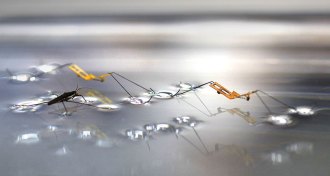
-
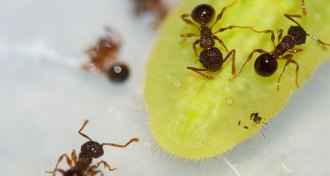 Animals
AnimalsCaterpillar treats and tricks ants by oozing spiked juice
Caterpillars ooze droplets that lure ants away from colony duties to instead lick and defend their drug source, new lab tests suggest.
By Susan Milius -
 Genetics
GeneticsWolves in jackals’ clothing
Africa’s golden jackals are really a species of wolf and deserve a name change, DNA evidence indicates.
-
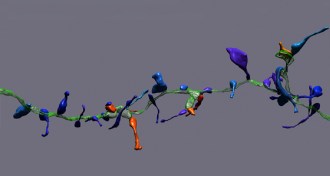 Neuroscience
NeuroscienceNew view of mouse brain provides up-close look at nerve cells’ habitat
Detailed reconstruction of a tiny fleck of mouse brain reveals neural complexity.
-
 Life
LifeExperimental MERS vaccine battles virus in mice and monkeys
Select viral proteins and DNA can combat the MERS virus in mice and monkeys.